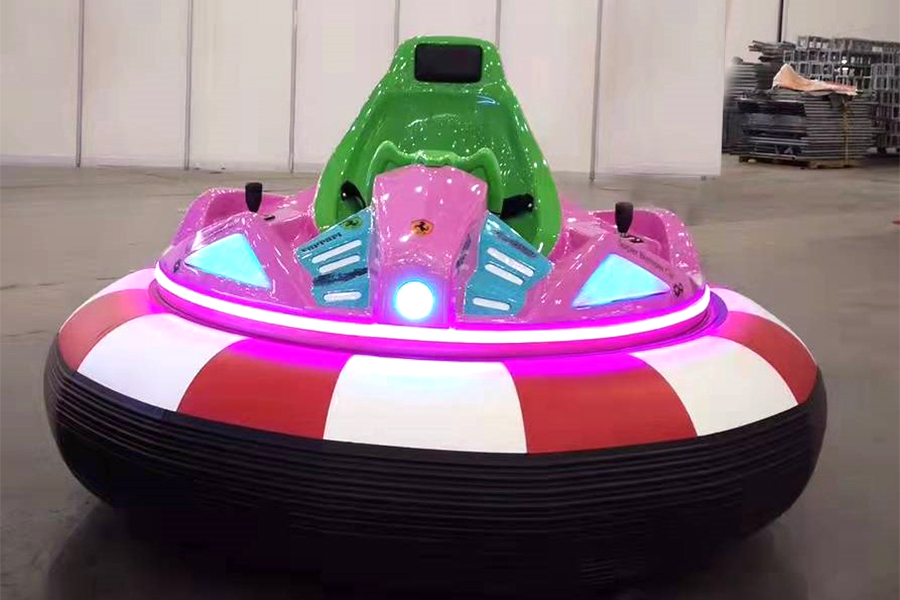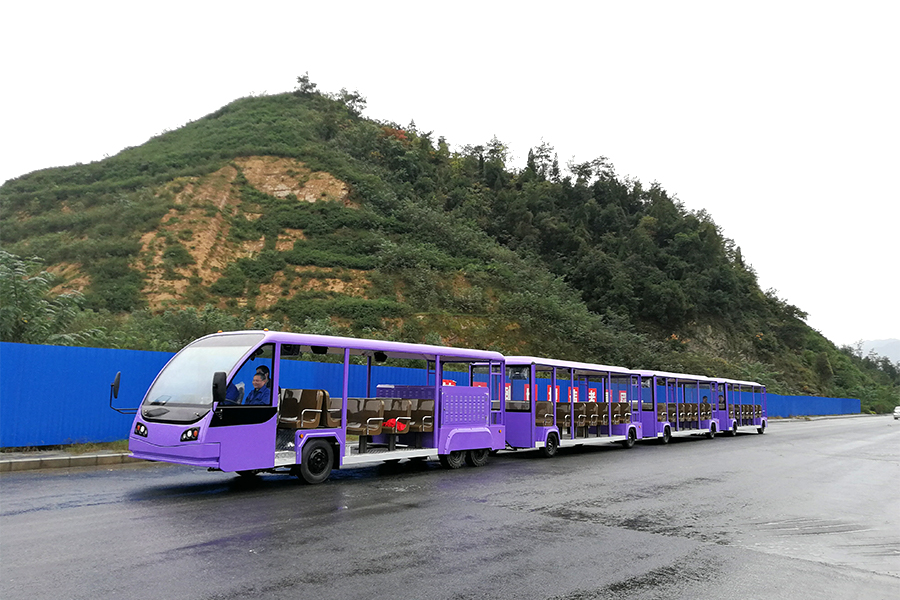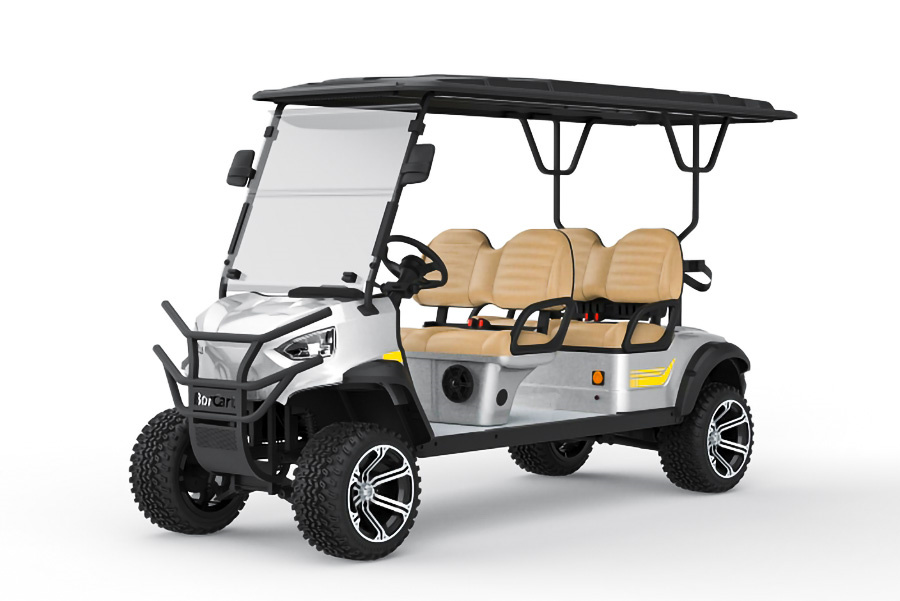Connaissance de l'industrie
Quels sont les types populaires de voitures d'amusement pour enfants ?
Il existe de nombreux types de
voitures d'amusement pour enfants , et la popularité de chacun peut varier en fonction de l'emplacement et du groupe d'âge des enfants. Voici quelques types populaires de voitures d'amusement pour enfants :
1. Autos tamponneuses - Ce sont de petites voitures électriques qui peuvent être conduites et heurtées par d'autres voitures.
2. Trains pour enfants - Ce sont des trains miniatures sur lesquels les enfants peuvent monter et que l'on trouve souvent dans les parcs d'attractions et les centres commerciaux.
3. Go-karts - Ce sont de petites voitures que les enfants peuvent conduire sur une piste et qui sont populaires auprès des enfants plus âgés.
4. Voitures carrousel - Ce sont des voitures stationnaires qui montent et descendent en cercle et sont souvent décorées de motifs colorés.
5. Voitures miniatures - Ce sont de petites répliques de vraies voitures dans lesquelles les enfants peuvent monter, souvent dans une zone désignée comme une aire de jeux.
6. Trottinettes électriques - Ce sont de petites trottinettes motorisées qui peuvent être conduites par des enfants et qui sont populaires dans les parcs extérieurs et les terrains de jeux.
7. Voitures en forme d'animaux - Ce sont des voitures conçues pour ressembler à des animaux, tels que des tigres, des éléphants ou des chevaux, et se trouvent souvent dans les zoos ou les parcs d'attractions.
8. Voitures en forme d'avion - Ce sont des voitures conçues pour ressembler à des avions, et les enfants peuvent les "voler" dans une zone désignée.
9. Voitures en forme de camion de pompiers - Ce sont des voitures conçues pour ressembler à des camions de pompiers, et les enfants peuvent les "conduire" en faisant semblant d'être des pompiers.
Ce ne sont là que quelques exemples de types populaires de voitures d'amusement pour enfants.
Dans quelle mesure les voitures d'amusement pour enfants sont-elles sûres et quelles caractéristiques de sécurité ont-elles généralement ?
Voitures d'amusement pour enfants sont généralement sûrs lorsqu'ils sont conçus et utilisés correctement. Cependant, il est important de noter que des accidents peuvent survenir, surtout si le manège n'est pas entretenu correctement ou si l'enfant n'est pas correctement surveillé. Par conséquent, il est crucial de porter une attention particulière aux caractéristiques de sécurité du trajet et de suivre toutes les directives et recommandations.
En termes de sécurité, la plupart des voitures d'amusement pour enfants ont une variété de dispositifs de sécurité intégrés, tels que des ceintures de sécurité ou des harnais, qui sont conçus pour maintenir l'enfant en toute sécurité pendant que le manège est en mouvement. De plus, certains manèges peuvent avoir des restrictions de taille ou de poids pour s'assurer que l'enfant a la taille appropriée pour le manège et qu'il peut être sécurisé en toute sécurité.
De nombreux manèges sont également équipés de capteurs et d'autres dispositifs de sécurité, tels que des boutons d'arrêt d'urgence, qui peuvent arrêter immédiatement le manège en cas de problème. Les manèges sont également régulièrement inspectés et entretenus par des professionnels formés pour s'assurer qu'ils fonctionnent correctement et que tous les dispositifs de sécurité sont en bon état de fonctionnement.
Dans l'ensemble, tant que le manège est utilisé correctement et que toutes les consignes de sécurité sont respectées, les voitures d'amusement pour enfants peuvent être un moyen amusant et sûr pour les enfants de s'amuser.
Quels sont les avantages de conduire des voitures d'amusement pour enfants et comment favorisent-elles le développement physique et mental ?
Conduire des voitures d'amusement pour enfants peut offrir une gamme d'avantages pour les enfants, à la fois en termes de développement physique et mental. Voici quelques-unes des façons dont les manèges en voiture peuvent favoriser le développement des enfants :
1. Développement physique : Beaucoup
manèges de voiture d'amusement obligent les enfants à utiliser leur motricité globale, comme l'équilibre, la coordination et la force. Par exemple, monter sur un cheval de carrousel ou une auto tamponneuse oblige l'enfant à maintenir son équilibre et à utiliser les muscles de ses jambes pour rester debout. Conduire une mini-voiture peut aider à développer la coordination œil-main et la motricité fine pendant qu'ils dirigent la voiture.
2. Stimulation sensorielle: Les voitures d'amusement pour enfants peuvent offrir une expérience sensorielle passionnante aux enfants. Les lumières, les sons et le mouvement du manège peuvent aider à stimuler les sens de l'enfant et lui offrir une expérience nouvelle et excitante.
3. Socialisation : Les promenades en voiture d'amusement peuvent également favoriser la socialisation et la coopération. Les enfants peuvent rouler avec leurs amis ou les membres de leur famille, ce qui peut aider à développer des compétences sociales telles que le partage, le tour de rôle et la communication.
4. Développement émotionnel : Les promenades en voiture d'amusement peuvent également offrir aux enfants l'occasion de vivre une gamme d'émotions, telles que l'excitation, l'anticipation et le frisson. Cela peut aider à renforcer la résilience émotionnelle et à favoriser la régulation émotionnelle.
5. Imagination et créativité : les voitures d'amusement pour enfants ont souvent un thème amusant et imaginatif, comme une voiture de course, un vaisseau spatial ou un tour d'animal. Ces thèmes peuvent aider à promouvoir l'imagination et la créativité chez les enfants lorsqu'ils font semblant de conduire ou de rouler sur ces différents types de véhicules.
Dans l'ensemble, les voitures d'amusement pour enfants peuvent offrir une gamme d'avantages pour le développement physique, social et émotionnel des enfants, ainsi que pour promouvoir leur imagination et leur créativité.


 Langue
Langue










